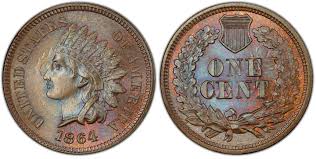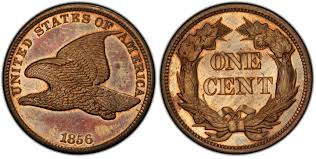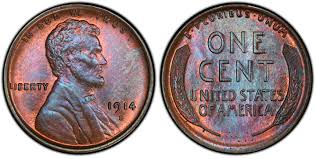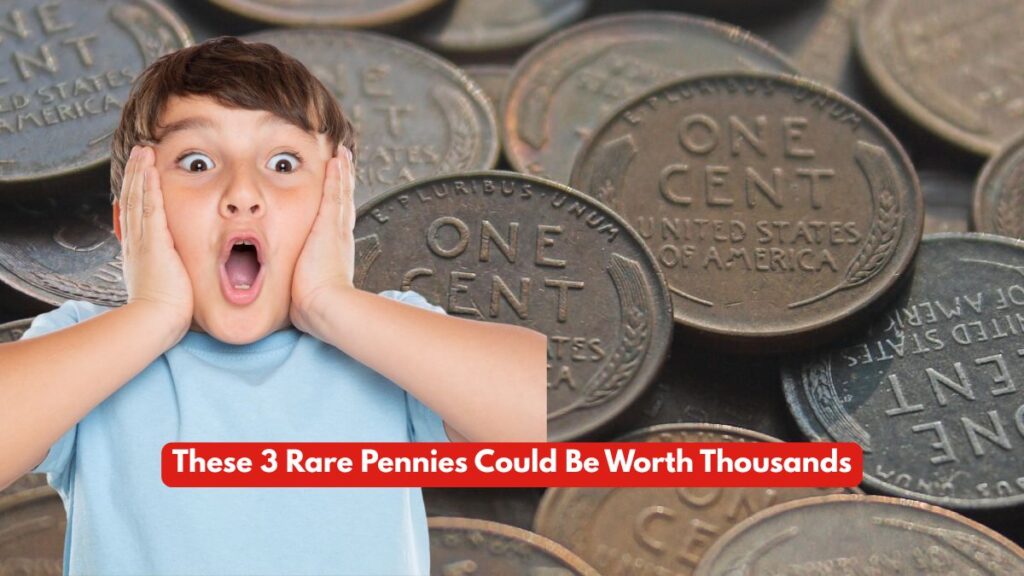You might want to dig through your old piggy bank or that dusty coin jar in your drawer. Some seemingly ordinary U.S. pennies minted over 20 years ago—or even over a century ago—have become hot commodities among collectors, with values reaching into the thousands.
Here are three rare pennies that are turning heads in the numismatic world, and why they’re now worth a ton:
1. 1864 Indian Head Penny With “L” on the Ribbon
This Civil War-era penny might look similar to others from the same period, but there’s a small design difference that makes it rare—and valuable.
What to Look For:
- Minted in 1864
- Features Lady Liberty wearing a Native American headdress
- Look closely at the ribbon behind her neck—if there’s a small “L” (for designer James Longacre), you might have a treasure on your hands
Why It’s Valuable:
The “L” version was added midway through the 1864 production year, resulting in a lower mintage compared to earlier coins that year. Fewer coins mean higher rarity.
Estimated Value:
Well-preserved coins can sell for hundreds to thousands of dollars. Some graded examples have reached $5,000 or more depending on condition and demand

2. 1856 Flying Eagle Cent
This one is even older and far rarer than most circulating coins. The 1856 Flying Eagle cent was actually a pattern coin, intended to test a new, smaller cent size before nationwide release.
What to Look For:
- Dated 1856
- An eagle in mid-flight on the front
- Weighs less than earlier “large cents”
Why It’s Valuable:
Only about 2,000 of these were ever minted, making them more of a prototype than an official coin for circulation. They’re extremely scarce and often auctioned at top-dollar prices.
Estimated Value:
In top-grade condition, these coins can fetch $10,000 to $25,000, and even more at premium auctions.

3. 1914-D Lincoln Wheat Penny
Known to many collectors as a “key date” in the Lincoln cent series, this penny has been on collector wish lists for decades.
What to Look For:
- Minted in 1914
- Features Abraham Lincoln on the obverse
- Small “D” mintmark below the date (Denver Mint)
Why It’s Valuable:
Only about 1.1 million were minted, a low number compared to other pennies. Additionally, many were lost to circulation wear and time, making well-preserved examples very rare.
Estimated Value:
A 1914-D in fine condition can sell for $200–$400, while mint-condition examples (graded MS65 or higher) can reach $5,000 to $15,000.

How To Check If Your Pennies Are Valuable
Not sure whether your old coins are worth anything? Here are steps you can take:
- Examine the Date and Mintmark
Use a magnifying glass or phone camera to zoom in. Mintmarks like “D” (Denver) and “S” (San Francisco) can significantly impact value. - Check Condition
The less wear, the more it’s worth. Coins with sharp details, no scratches, and little discoloration hold higher value. - Get a Professional Appraisal
Have your coin assessed by a professional coin dealer or send it to a recognized grading service like PCGS or NGC. - Stay Informed About Coin Values
Check recent coin auction prices on trusted sources like Heritage Auctions and Coin World.
Final Thoughts
If you’ve got a box of old coins tucked away, now might be the time to take a second look. These three pennies—the 1864 Indian Head with the “L,” the 1856 Flying Eagle, and the 1914-D Lincoln Wheat—have stood the test of time and continue to increase in value.
Whether you’re a seasoned collector or someone stumbling upon an heirloom, finding one of these coins could turn out to be a profitable discovery.
For more on how to handle old coins or start your own collection, check the U.S. Mint’s resources for collectors.
This article has been carefully fact-checked by our editorial team to ensure accuracy and eliminate any misleading information. We are committed to maintaining the highest standards of integrity in our content.

Himanshu Sharma writes for Weekend Spy, focusing on recruitment, government schemes, and current affairs. He is dedicated to making complex information accessible to readers.
Himanshu enjoys playing chess, hiking, and trying new recipes, always seeking ways to combine his love for writing with his passion for exploration. Connect with Drop him an email at [email protected].







